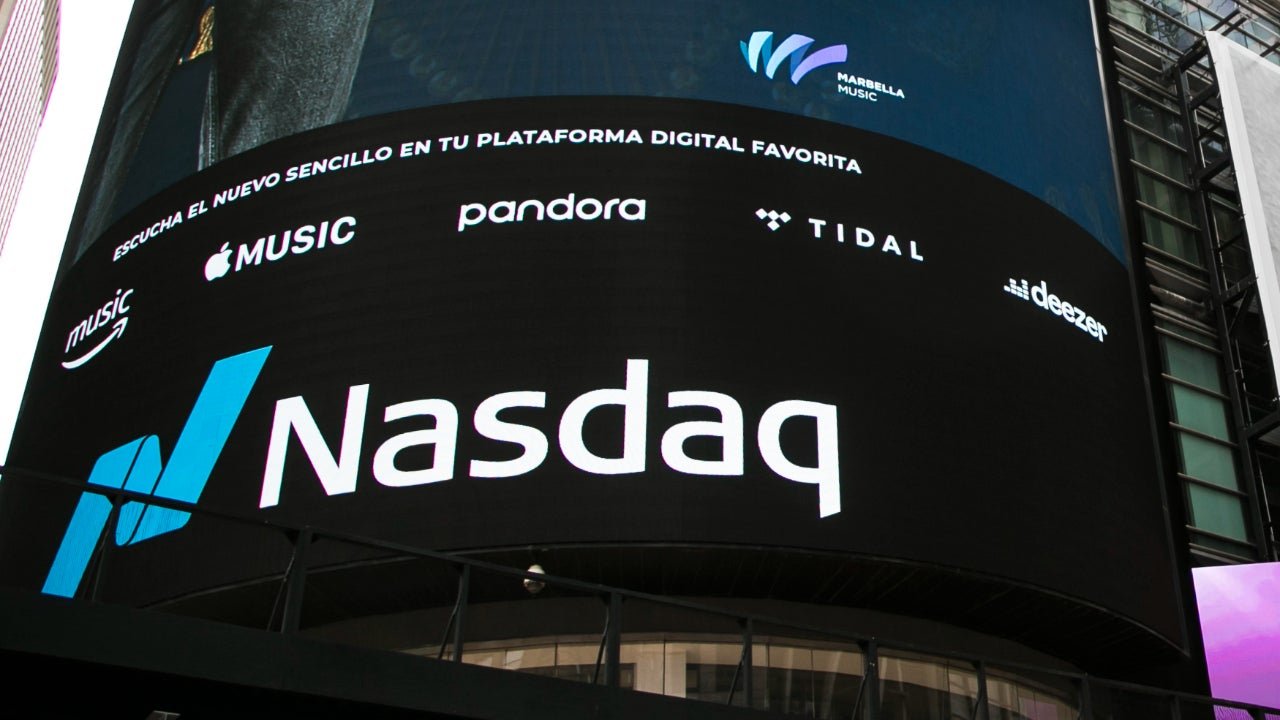
exc-652cccabeb5c861d5b1e95fd
NASDAQ Elliott Wave Update – October 20, 2024: Long-Term Outlook
As we analyze the long-term, five-year chart of the NASDAQ, one of the most pressing questions for technical traders is whether the recent decline from 18,671 to 15,700 marked a 4th wave or a Wave 2 in the larger Elliott Wave structure. This distinction is crucial because it determines the potential magnitude of the next upward move, with very different target levels depending on the wave count.
Scenario 1: The Decline as a 4th Wave
If the decline from 18,671 to 15,700 was a 4th wave, then the market has already entered its 5th and final wave. In Elliott Wave theory, the 4th wave is typically a corrective phase in a five-wave impulse structure, and after this correction, the market would push higher in a 5th wave to complete the sequence.
However, for this 4th wave scenario to hold, the decline should have found strong support around 16,390—a level representing a common retracement area for a 4th wave. The fact that the market broke through this level and dropped as low as 15,700 suggests a deeper correction than expected. Nevertheless, if we still consider it as a 4th wave, the ensuing 5th wave would target 20,935.
This target is derived by using a 0.618 Fibonacci extension of the distance traveled in Waves 1 and 3 combined. In this case, the calculation is based on the move from 10,200 (the bottom of Wave 1) to 18,671 (the peak of Wave 3). By applying the Fibonacci ratio of 0.618 to this distance (which equals 8,471 points), we get a projected move of about 5,235 points from the bottom of the 4th wave at 15,700. This gives us a potential target of 20,935.
While 20,935 would represent a significant advance from current levels, this scenario implies a more limited upside as the 5th wave is usually smaller and shorter in duration compared to Waves 1 and 3.
Scenario 2: The Decline as a Wave 2
On the other hand, if the drop to 15,700 marked a Wave 2 correction instead of a 4th wave, the implications for future price movement are much more bullish. In this scenario, the decline represents a deeper correction following an initial Wave 1 move from 10,200 to 18,671. Wave 2 corrections can often retrace significantly but must not exceed the starting point of Wave 1.
In this case, the market would now be entering a powerful Wave 3, which is typically the largest and strongest wave in the Elliott Wave sequence. Using a 1.618 Fibonacci extension of Wave 1, we can calculate the potential target for Wave 3. Since Wave 1 covered 8,471 points, multiplying this distance by 1.618 gives us a projected move of approximately 13,700 points. Adding this to the Wave 2 low of 15,700, the potential target for Wave 3 lies between 29,400 and 30,000.
This scenario presents a much larger potential upside, implying a sustained and powerful rally that could propel the NASDAQ to new all-time highs in the 29,400–30,000 range. Such a move would reflect the robust nature of a 3rd wave, which often extends further and gathers more momentum than any other wave in the cycle.
Conclusion
The critical question for long-term traders is whether the recent drop was a 4th wave or a Wave 2. A 4th wave would imply that the market is nearing the end of its current cycle, with a final target of 20,935. However, if this was a Wave 2 correction, then the market is likely gearing up for a much larger Wave 3, with targets as high as 29,400 to 30,000.
In either case, understanding the wave count will be essential for navigating the market’s next move and positioning accordingly for the potential outcomes.



